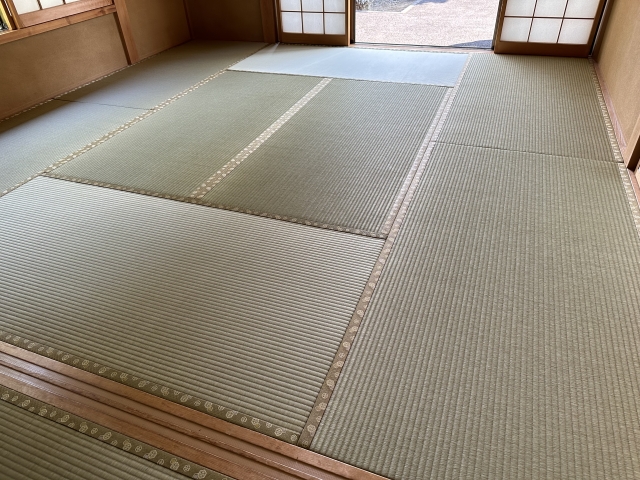Size & characteristics of the Japanese house| Off Base Housing Yokosuka | IINO REAL ESTATE is for rental housing in Yokosuka Japan...Civilian, Military house agency
BASE BRANCH
046-820-6366
INFORMATION CENTER
046-876-6951
Size & characteristics of the Japanese house
One of the things which must be thought about carefully while making a plan to move to Japan, is furniture -- i.e., what to bring over, and what to leave behind (in storage or to sell/dispose). It is pretty much well-known that Japanese houses and apartments are smaller in comparison to American dwellings, and in this article, we will take a closer look at the situation. First, let's review the typical/standard sizes of bedrooms inside Japanese homes. The unit which Japanese use to measure room floorspace is a "畳" (Jo), which is the size of one "Tatami" woven-straw mat (about 3 feet wide & 6 feet long, see link below for more details). The most common rooms are 6 Jo and 4.5 Jo. When the size of those rooms is converted into square feet (sqft), the results are as follows: 6 Jo = 107 sqft, and 4.5 Jo = 80 sqft. A typical American bedroom measures around 132 sqft -- so the difference in size is obvious. Some Japanese house or apartment floorplans will offer larger, master bedrooms which are 8 Jo (143 sqft), 10 Jo (214 sqft), or, in rare cases, 12 Jo (214 sqft) -- but they are still smaller than the average size of a U.S. master bedroom (230~300 sqft). The largest space in a Japanese dwelling is the combined living (room), dining (room), and kitchen area -- called "LDK" (see the link at the bottom). LDKs vary in size but are generally big enough to place a small/medium-sized sofa, or easy chairs, and a dining table. So, it can be seen from the above that space is limited in a Japanese house, and large/wide American style furniture, or king-sized beds, etc., may not fit -- or could take-up almost all of the available space in a room. Another thing to be careful about in two-story houses is that the stairway may be too narrow to allow large furniture to be moved upstairs. Finally, sometimes Japanese doorways are not tall or wide enough to enable the passage of large/wide Western-style furniture. Each house is different, and our company has worked with many Japanese property owners to renovate/rebuild their rental houses and "make things bigger". So, in conclusion, the key is to look carefully at the place where you would like to live and make decisions about what furniture to bring over to Japan based on the size & characteristics of the house. If you have any questions, we will always be happy to advise you!
Links:
Tatami
LDK
Written by Goodfield
Delivering limitation property information for only members!
2-1-7, Honcho, Yokosuka city
TEL 046-820-6366
FAX 046-820-6399


 RENT
RENT MEMBER
MEMBER ABOUT US
ABOUT US CONTACT
CONTACT JAPANESE
JAPANESE

